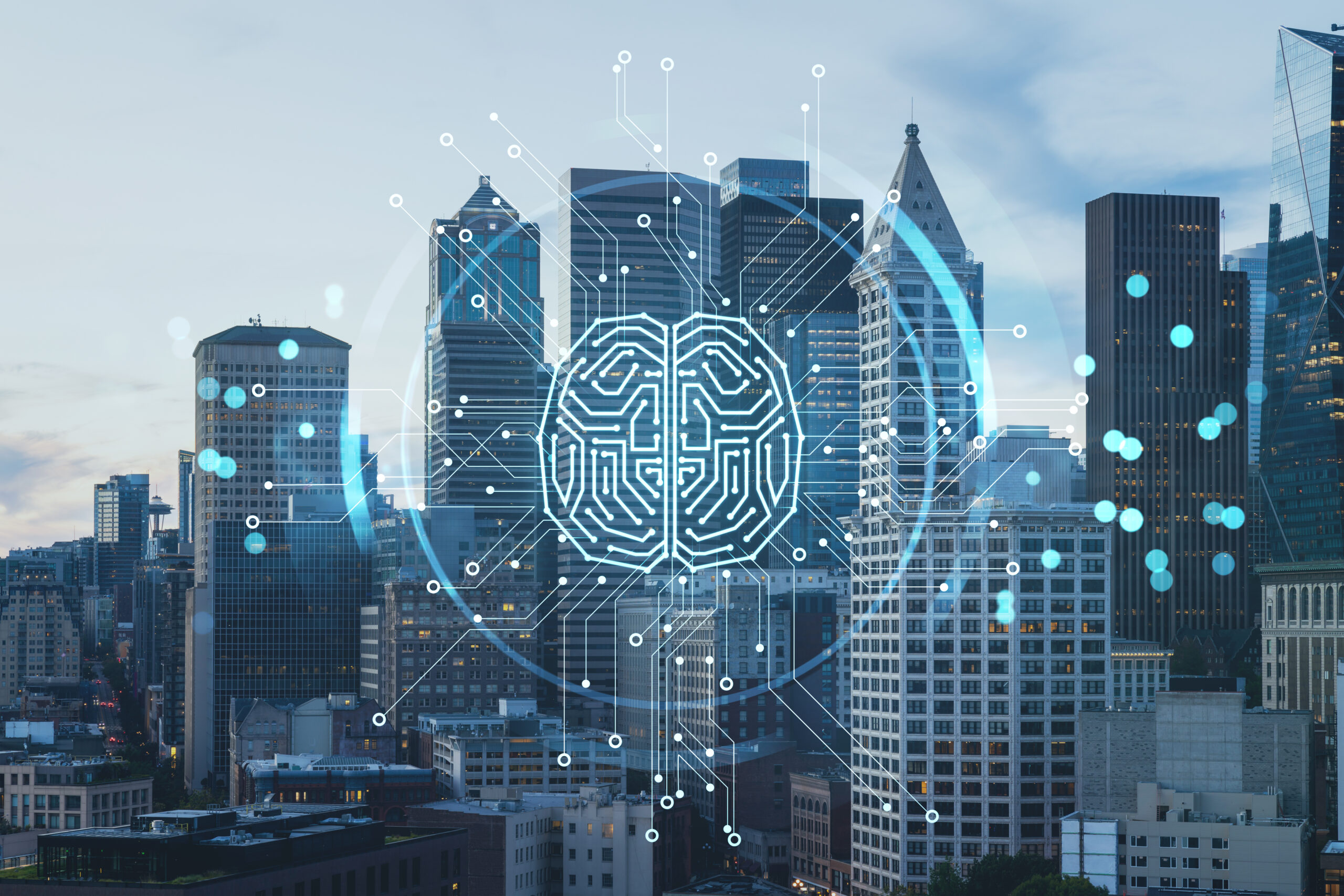This article was originally published by Control Engineering.
More than 50 years after its inception in 1970, Earth Day’s call to action to address our largest environmental issues is more critical than ever, and digital tools help with sustainability, energy efficiency and greener spaces. This year’s Earth Day focus for technologists was to further the transition to renewable energy. This included reducing information technology’s (IT’s) carbon footprint and deploying automation tools that reduce energy use in our built spaces.
These efforts can be accomplished through new breakthroughs in digitalization and data storage. Built spaces account for 40% of global energy usage and reducing their consumption must be a major focus alongside using renewable energy.
Automation innovations are ushering in a new era of sustainability. These innovations are allowing engineers, building operators and facilities managers across many industries the insights they need to slow the pace of climate change.
Digital twins provide deeper insight into energy efficiency
Digital twins are virtual environments based on real physical spaces and used for data collection, analysis and action. Digital twins provide actionable data that can capture the effects of micro- and macro-scale changes on a real environment, allowing users to more accurately predict how changes affect actual spaces.
Digital twins are currently being used for efficient urban planning — see the 2024 Olympic committee employing their use in Paris — and long-term global predictions, such as NVIDIA’s Earth-2 supercomputer to predict and react to the next decades of climate change.
Digital twins also can be used in buildings to achieve optimal energy efficiency. Consider, for example, a multistory commercial office in which more than a dozen companies operate. Rather than look at the building’s holistic use of power, the digital twin can gather information from sensors in every single room and create a deeper look into occupants’ energy use throughout the day.
This data can be used to predict how certain changes will affect energy use, such as extreme temperatures or a higher volume of occupants and forecast issues before they occur. The use of digital twins in modern infrastructure, especially alongside the use of smart sensors, can make a real difference in how cities intelligently reduce energy waste.
IoT networks discover energy-saving opportunities
Software and IoT networks can intelligently act on data, whether in response to an ongoing pattern or a sudden change. Intelligent lighting is one example: does an east-facing, window-front store need to have their entrance lights on at full capacity in the morning hours? For example, a major retail chain saved more than 30 million kW hours (and millions of dollars) across all their stores by using intelligent dimming.
There are many opportunities to reduce energy consumption an IoT network can discover and automatically execute before even the most observant humans can reach their control board. This allows energy managers to focus on larger-scale issues. When small-scale changes happen automatically, such as dimming lights on sunny days, it creates more time and more opportunities for building managers to plan and innovate on higher priority items (such as incorporating environmentally friendly sources of energy). This scales users’ abilities to maximize energy efficiency in built spaces.
How cloud storage can reduce global greenhouse gases
Though the code behind software is not an environmental concern, how it’s used is critical in addressing energy efficiency. For those looking to reduce their carbon footprint, software is an easy thing to overlook, but it has a large global impact. Prioritizing sustainable compute and data storage solutions will account for a large change in reducing carbon footprint.
The most energy efficient storage option is the cloud, which has been shown to be the most green data services option over the past decade. While hyperscale cloud system use has increased over the past few years, their energy usage has not increased thanks to large investments into creating and maintaining sustainable environments for the large number of servers.
Current developments in cooling technology and machine learning (ML) will only lead to more sustainable cloud centers that can house the world’s data while reducing carbon emissions. Moving compute and data storage into the cloud is a simple, but effective, way for technologists to make a difference in carbon output.

A greener future through energy-efficient spaces
The sustainable energy journey can be expedited using innovative technologies in our built spaces. Digital twins, smart sensors and IoT networks in buildings can help us predict future scenarios and quickly react to emergent information. The move toward building greener data storage options will also ensure harmful emissions are reduced as software is being developed. These technologies enable users to gather more data than ever and intelligently respond to it. Using all the digital tools available will set us on the right path toward a greener future for all.
